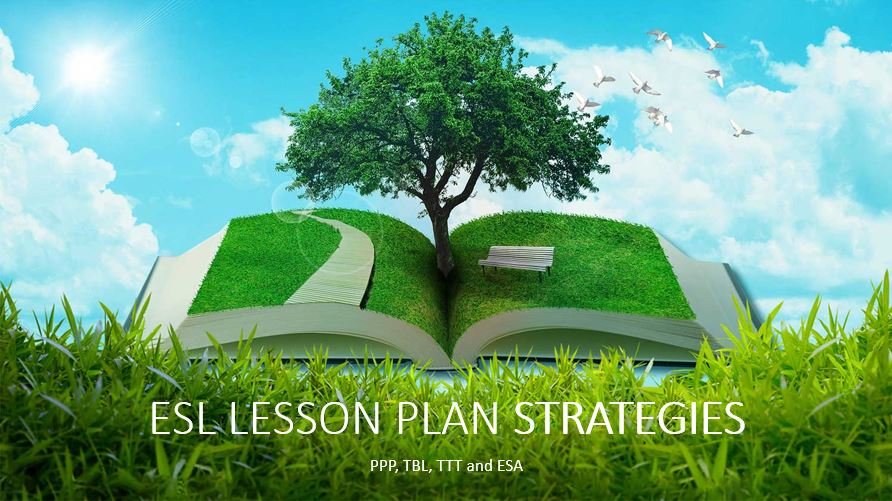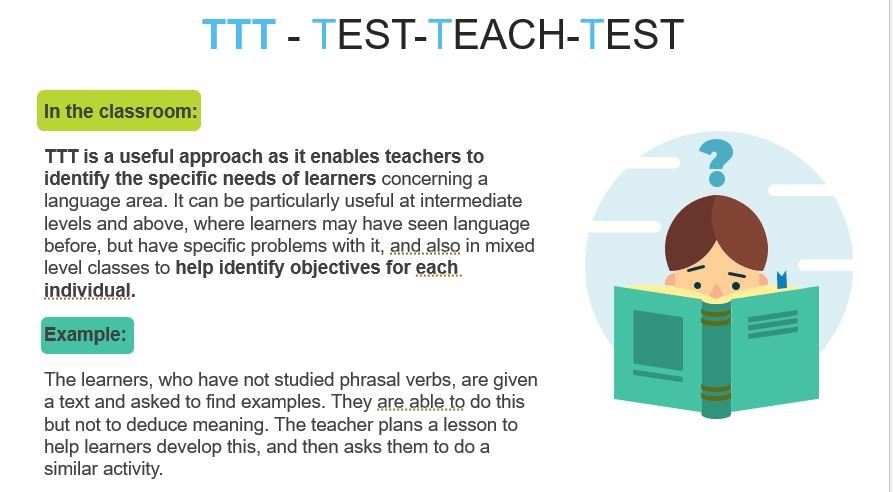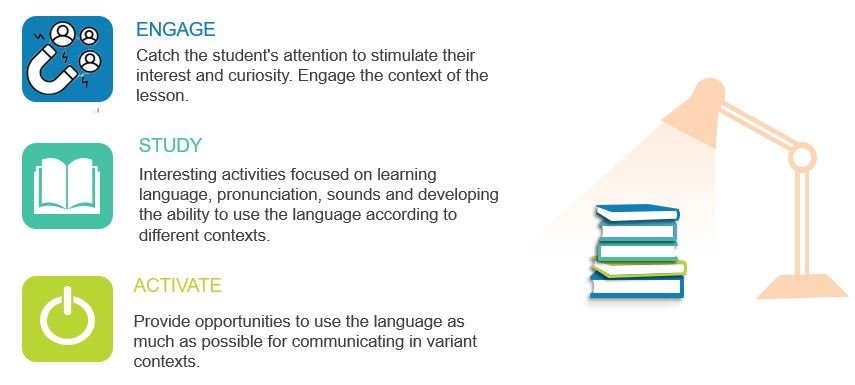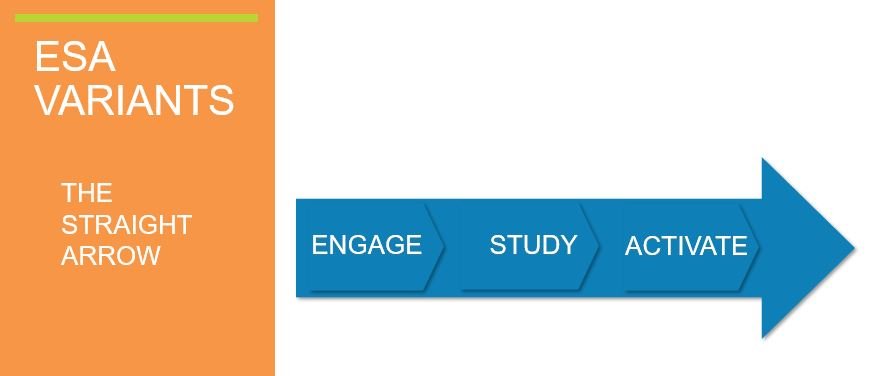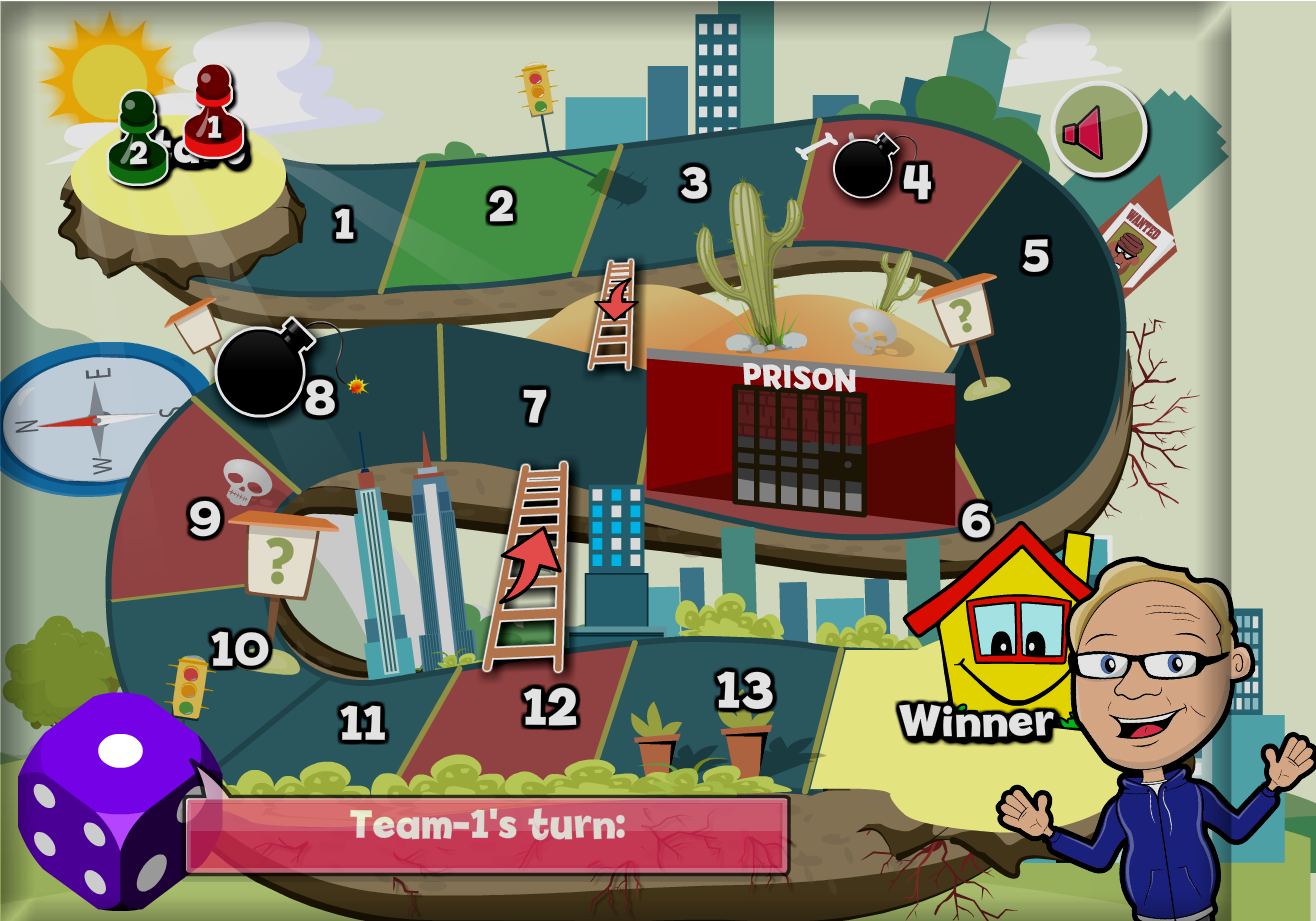What are The ESL Lesson Planning Strategies?
Watch The Webinar Down Below or Read The Article Below the Video!
ESL lesson planning strategies are step-by-step structures that support teachers in meeting linguistic and communication goals in the classroom. There are various methodologies that are applied for different language aims, class levels and needs.
The four dominant ESL lesson planning strategies are PPP, TTT, TBL and ESA.
PPP - Presentation-Practice-Production
This Strategy is the most commonly used in course books, especially for lower levels. It is an ESL lesson planning framework that teachers need to master before setting foot in a classroom.
Every lesson requires the use of the productive skills (speaking and/or writing), which allows students to practice newly-learned language in a meaningful and memorable way.
TTT - Teach-Test-Teach
This method is feat for students with prior knowledge and doesn’t feat beginners.
The amount of testing in this strategy also means that it is well-suited for test preparation work.
It is a popular method used in classes to help students achieve higher scores in tests like IELTS or TOEFL.
ESA - Engage-Study-Activate
Engage, Study, Activate (ESA) is a method of sequencing activities in your lessons and was first proposed by Jeremy Harmer in his book, 'How to Teach English'.
ESA stages are quite like PPP method stages (Presentation Practice Production).
However, ESA is nowadays coming more popular because of its flexibility and highly keep students engaged. This method has been first presented by Jeremy Harmer
Jeremy Harmer is currently a course tutor and designer for the online MATESOL at the New School, New York, but he has taught extensively in both the UK and in Mexico, where he worked for many years.
“How To Teach English” 1997
ESA Engage-Study-Activate
GET Mike’s Home ESL, Flash GAME.
Easy Flash game that you can use in your class!
My Students Love it!!
GET THIS Power Point File CLICK ON THE PICTURE
